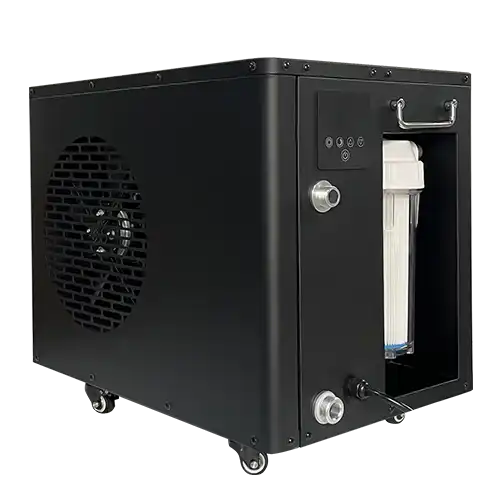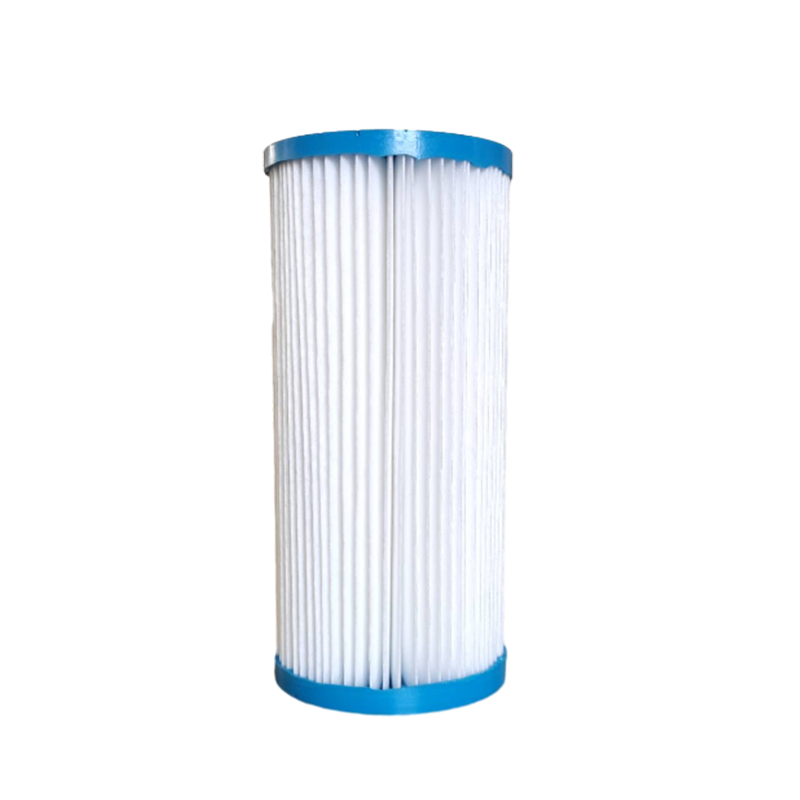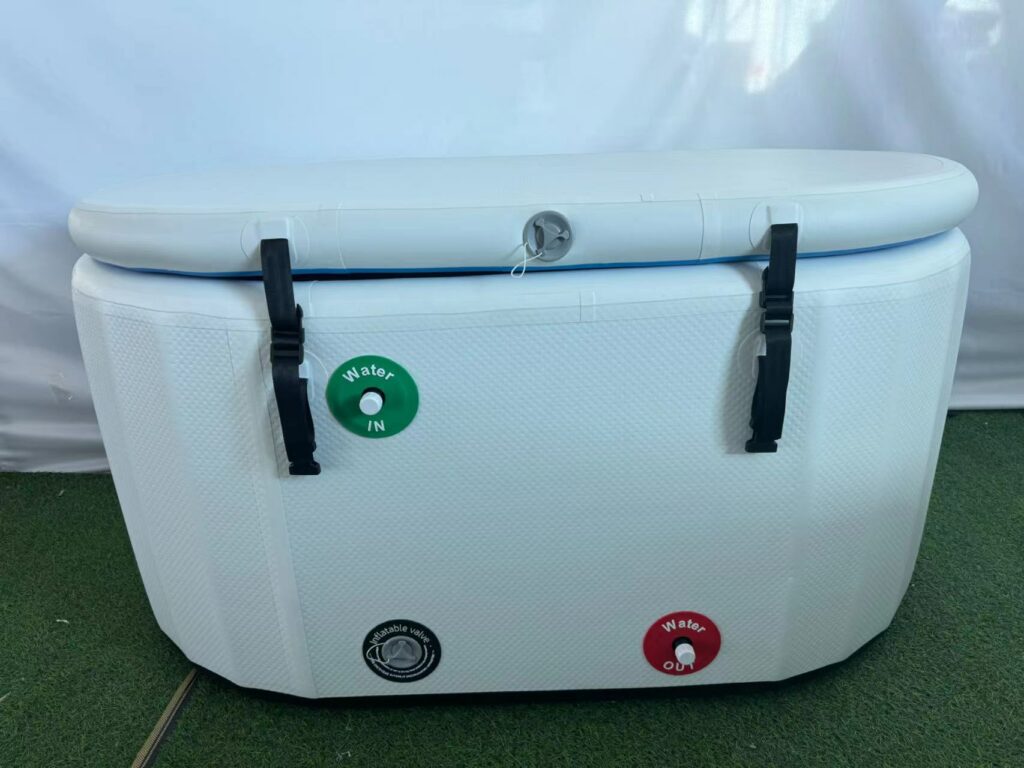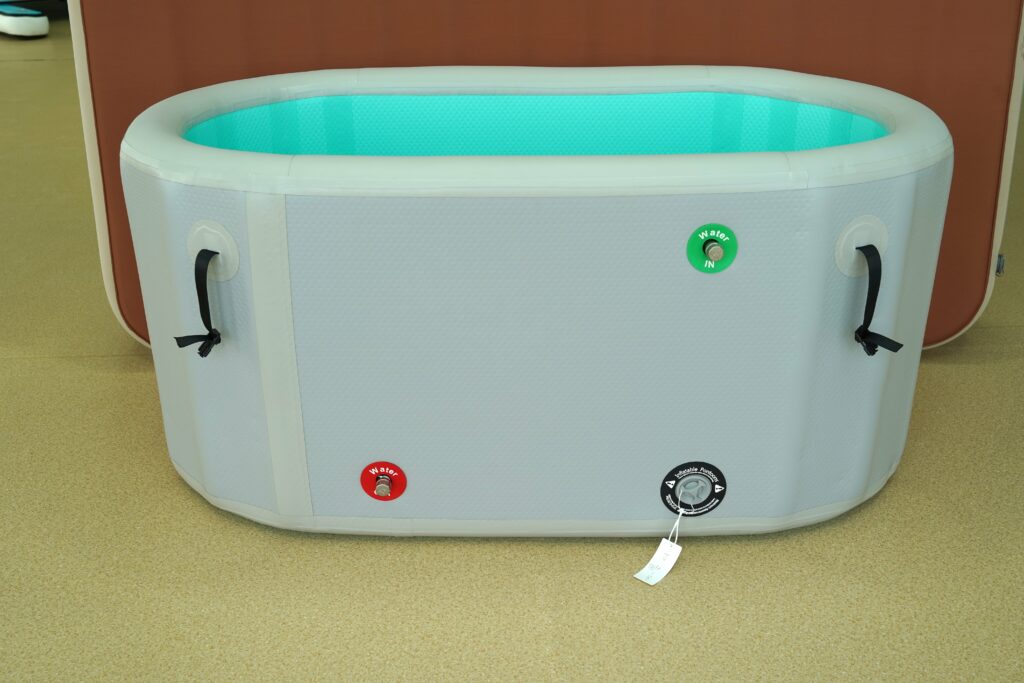In this article, we’ll explore the essential considerations to ensure a safe, effective, and enjoyable first cold plunge.Taking the plunge into the world of cold water immersion can be an exhilarating yet daunting experience, especially for first-timers. While the potential benefits of cold plunging are well-documented, it’s crucial to approach your initial sessions with proper preparation and caution.
Safety First: Prioritizing Your Well-being
Consult a Healthcare Professional
Before embarking on your cold plunge journey, it’s highly recommended to consult with a healthcare professional, especially if you have any underlying medical conditions or concerns. Cold water immersion can affect various bodily systems, and seeking professional advice can help identify potential risks and contraindications.
Understand the Risks
While cold plunging is generally safe for most individuals, it’s essential to be aware of the potential risks associated with prolonged cold exposure. These may include hypothermia, increased blood pressure, and exacerbation of certain medical conditions. Familiarize yourself with the signs and symptoms of these risks to ensure a prompt response if needed.
Start Gradually
One of the golden rules for first-time cold plungers is to start gradually. Begin with shorter immersion times (2-3 minutes) and gradually increase the duration as your body acclimates to the cold water. Rushing into extended cold exposure can be overwhelming and potentially dangerous.
Choosing the Right Equipment
Cold Plunge Tubs and Chillers
Investing in a high-quality cold plunge tub or chiller unit is essential for maintaining the desired water temperature consistently. Look for durable, insulated tubs or chillers with precise temperature control features to optimize your cold plunge sessions.When selecting a cold plunge tub, consider factors such as size, portability, and insulation. Inflatable or stock tank setups can be cost-effective options for home use, while built-in or permanent tubs may be more suitable for commercial or dedicated spaces.
Temperature Control
Most experts recommend a water temperature range of 50°F to 59°F (10°C to 15°C) for optimal cold plunge therapy benefits. However, it’s essential to start at the higher end of this range and gradually decrease the temperature as your body acclimates.Investing in a reliable thermometer and temperature control system can help you monitor and adjust the water temperature accurately, ensuring a safe and comfortable experience.
Accessories and Safety Equipment
In addition to the cold plunge tub and chiller, consider investing in essential accessories and safety equipment. These may include:
- Non-slip surfaces around the tub
- Warm, dry towels and robes
- A spotter or lifeguard (for commercial or public settings)
- First aid kit and emergency contact information
Cost Considerations
The cost of setting up a cold plunge system can vary significantly depending on your chosen equipment and setup. Here are some general cost ranges to consider:
- Inflatable or stock tank cold plunge tubs: $100 – $1000
- Chiller units or water chillers: $800 – $3,000+
- Built-in or All-in-one cold plunge tubs: $5,000 – $20,000+
- Commercial or spa-grade setups: $10,000 – $50,000+
It’s essential to factor in not only the initial investment but also the ongoing costs of maintenance, water treatment, and energy consumption. Proper budgeting and research can help you find a setup that aligns with your needs and financial constraints.
Preparing Your Mind and Body
In addition to the physical preparations, it’s crucial to mentally and physically prepare yourself for the cold plunge experience. Here are some tips:
- Start with a warm-up routine to increase blood flow and prepare your muscles for the cold exposure.
- Practice controlled breathing techniques, such as the Wim Hof Method or box breathing, to help manage the initial cold shock and remain calm during the plunge.
- Stay hydrated and ensure you’ve consumed a balanced meal before your cold plunge session to support your body’s thermoregulation processes.
- Engage in mindfulness practices or visualizations to help you stay present and focused during the plunge.
Embracing the Journey
Your first cold plunge experience may be challenging, but it’s important to embrace the journey with patience and an open mind. Listen to your body’s signals, and don’t hesitate to exit the cold water if you experience excessive discomfort or concerning symptoms.Remember, cold plunging is a personal journey, and what works for one individual may not be suitable for another. Seek guidance from experienced practitioners or healthcare professionals when needed, and gradually build your tolerance and confidence over time.By prioritizing safety, investing in the right equipment, and properly preparing your mind and body, you’ll be well-equipped to embark on your first cold plunge adventure and unlock the potential physical, mental, and emotional benefits that this ancient practice has to offer.






